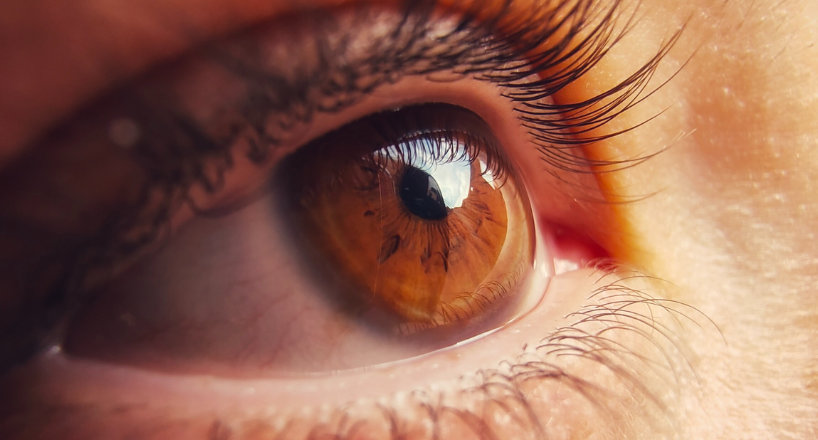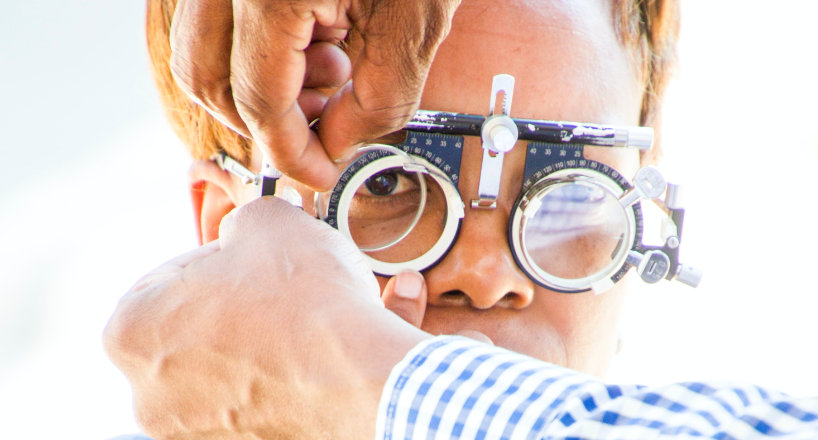Ptosis

Ptosis, also known as blepharoptosis, is a condition characterized by drooping of the upper eyelid. It can affect one or both eyelids and can range from a mild droop to a severe droop that covers the entire pupil. The drooping of the eyelid can be caused by a variety of factors, including:
- Congenital ptosis: This is a condition present at birth and can be caused by abnormal development of the muscle that raises the eyelid (levator muscle) or a problem with the nerve that controls the muscle.
- Acquired ptosis: This type of ptosis occurs later in life and can be caused by a variety of factors such as aging, injury, or certain medical conditions such as diabetes, myasthenia gravis, or a brainstem stroke
- Mechanical ptosis: This type of ptosis occurs when an external factor, such as a tumor or cyst, is pressing on the eyelid and causing it to droop.
Symptoms and Signs of Ptosis
Ptosis can be recognized by an abnormal drooping of one or both of the upper eyelids. When it only impacts one cover, you can observe that the 2 covers are not in positioning. Often a specific with ptosis will tilt their head backward or raise their eyebrows to see more clearly, which can ultimately lead to headaches or neck concerns. Often when the eyelid droops listed below the pupil, it is accompanied by obscured vision or causes other eye and vision problems.
What Causes Ptosis?
In grownups, ptosis is most frequently a condition associated with aging when the muscles accountable for controlling the eyelid, called the levator muscles, end up being weakened. Ptosis can also be an outcome of an eye injury or an after-effect of certain kinds of eye surgery.
In children, ptosis can be a congenital condition in which the levator muscles do not develop effectively. If not treated this can lead to problems with the advancement of the child’s visual system and may trigger amblyopia (lazy eye), astigmatism, or strabismus (crossed eyes).
Treatment for Ptosis

Prior to a treatment strategy, your medical professional will complete a comprehensive eye examination in addition to some other tests to identify the cause of the ptosis. While the treatment does depend upon the cause of the condition, surgical treatment to fix the eyelid function is the most common treatment.
The surgery called blepharoplasty repairs the work of the levator muscle of the eyelid or attaches the lid to other muscles that can lift the eye (such as the forehead). In mild cases, small adjustments might be made to repair the muscle while at other times extra procedures might be done such as eliminating a few of the skin from the lid. The cosmetic surgeon will determine what needs to be done to tighten up the levator muscles or otherwise return the eyelids to their regular position. Just like any surgery, there are risks to this surgical treatment and in most major cases, the motion may not return totally or at all to the eyelids.
In children, surgery is usually suggested to prevent possible or existing vision issues. This might occur with additional treatment for amblyopia or strabismus to enhance the weak eye such as wearing an eye spot, eyeglasses, or utilizing eye drops.
Any child diagnosed with ptosis will require to have regular assessments with an eye doctor to keep track of the condition and the child’s vision.
If you suspect you or a loved one may have ptosis, attempt taking a look at some old photos to see if there is an obvious modification, and naturally make a visit with your eye doctor as quickly as possible to examine if there is a problem.